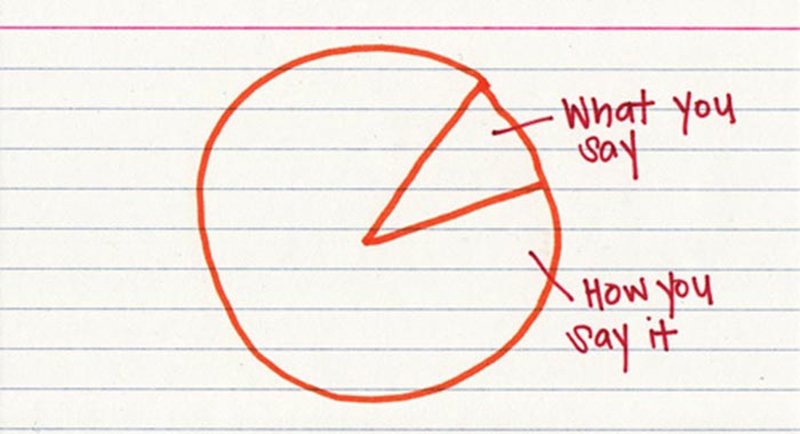Have you mastered the art of non-verbal leadership?
Your personal style is more than just a reflection of your brand, it's also a powerful leadership tool. When your appearance aligns with the values you uphold, it amplifies your leadership message and strengthens both your personal and professional identity.
Here are a few ways you can harness the power of style as a form of non-verbal leadership:
• Just like a well-thought-out strategy, a perfectly curated outfit commands attention and respect. It signals precision, intentionality, and a commitment to high standards—projecting leadership without needing to speak.
• A consistent personal style communicates trustworthiness, and it conveys reliability and stability, which are critical qualities in leadership. When others can predict how you present yourself, it fosters a sense of dependability in your leadership.
• Your wardrobe can skillfully balance authority with approachability. Choosing relaxed attire in the right context can make you more relatable, encouraging open dialogue and collaboration within your team.
• Incorporating modern trends while staying true to your personal style shows flexibility and a forward-thinking mindset, which are both vital leadership attributes.
Before you speak, your appearance sets the tone, shaping perceptions and reinforcing your leadership presence. Style, when used effectively, is a silent yet impactful leadership trait. I think ultimately, personal style is a form of influence.



